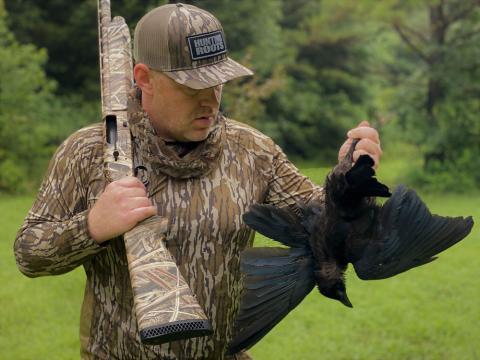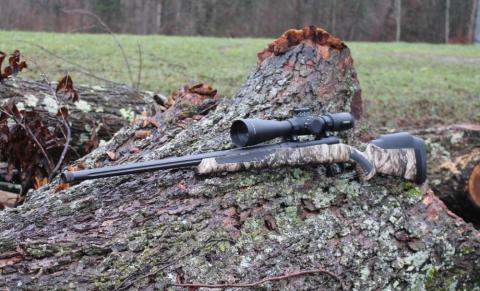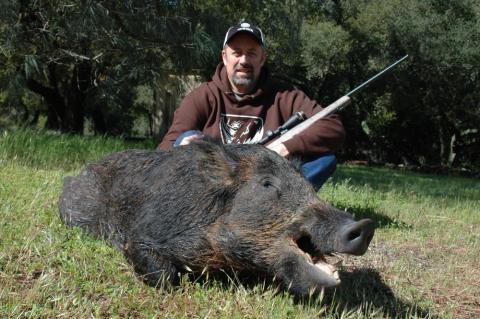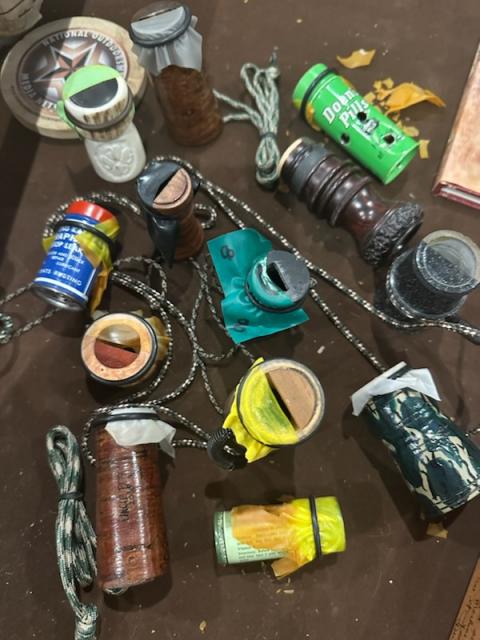By George Fiorille
Fishing for late summer smallmouth bass can be frustrating. The fish that were in shallow water during the spawn or early post spawn have vacated those areas and have moved out towards deeper water.
During late summer, the thermocline which is where the warm water layer lies against the bottom colder layer, moves out to extremely deep water. The colder bottom layer is often devoid of oxygen and warm water fish such as bass and others will suspend above it.
When the thermocline sets up, a few bass do move shallow into weed beds, boulders, and under docks. Unfortunately, these fish can be easy pickings for anglers who do not wish to or cannot fish deep.
I have caught late summer largemouth bass in over 40-feet of water. My deepest summer smallmouths have come out of 62-feet deep and during the fall have jigged them out of over 72-feet. I have heard some anglers claim they have taken them in deeper water. Anglers who troll for deep water trout in Great Lakes and smaller inland lakes have told me they have caught smallies in over 100 feet of water. Smallies will hang out in this extreme depth hanging off of schools of alewives and other baitfish.

Fishing for deep water bass can be made easy by following a few simple rules. Also, remember the word kiss, “Keep it simple sweetie” revolves around using a few simple rigs for keeping your rig in the prime areas.
Use the Right Rod and Line
When bass fishing deep water, one must think vertically often to score. Having the correct rod, reel, line, hook, and lure are crucial for your success. In deep water you must get a good hook set to properly hook a deep-water fish. This is not the time to use a wimpy rod such as an ultra- light action. While a medium/light action rod may work, a minimum rod action of medium is recommended to get a good hook set. Use an all-graphite rod as well for better feel.
Using the correct line can make all the difference in the world on these bass in the extreme depths. Monofilament may work but it will stretch several feet in deep water. Avid anglers who fish deep-water bass have better success using low stretch fluorocarbon or no stretch braided lines usually with a fluorocarbon leader. If you want to have less tangles, tie your leader with a length of line that will keep the knot off of your reel spool when casting. Some avid anglers will even tie a leader of several feet of fluorocarbon to just cast an all leader. The longer leader also helps keep the suspicious leader knot and braided line from the fish’s view. Try attaching the braided line to the leader with a uni or another similar type knot. You can also use a small size 14# barrel swivel as well that will attach the leader to line and pass through your rod guides.
Best Deepwater Smallmouth Rigs
One of the most popular deep-water rigs used successfully in recent years by bass pros and avid bass anglers is the Damika rig. This rig consists of a minnow shaped jig head with a soft plastic minnow attached. The rig is lowered vertical or cast to smallmouth bass seen on a fish finder or a live sonar unit. It usually excels by keeping it above fish seen on your screens.
Another rig that excels in deep-water for late summer bass is the drop shot rig. If you do find fish on your fish finders, the drop shot works great dropped straight down. Many anglers over work the small worm that is usually used. If you do shake your line without moving your sinker, do it ever so gently and let it just sit. Usually, anglers let the drop shot weight sit on bottom with the hook and soft plastic bait 12”-18" up the line. In very deep water, sometimes it pays to only drop the rig half way down to score on suspended fish. Finicky bass may want the hook 3’- 6' away from the weight.
One of the best soft plastic lures to use on the drop shot rig is a small 3”-5” straight tail worm. Other soft plastics to try are 3”-4” stick worms, flukes, and small paddle tail swim baits. Some sharp-witted anglers will actually rig a weighted tube bait on the bottom and the drop shot bait up the line for a double lure presentation to catch 2 fish at a time.

The drop shot in deep water can be rigged effectively two ways with different hooks. Try rigging it nose or open hook with an Octopus type hook in sizes 1, 2 or 4. This hook sports specially developed features such as a thin, strong shank for better deep-water hook sets and patented bend. The hook style is ideal to hook and land jumping bass.
When fishing deep water weed edges and large rock piles, some drop shoters like to use a hidden hook rig fishing it Texas exposed. Try using a Wide Gap Worm hook in sizes 1/0, 2/0 or 3/0 made by Gamakatsu or others. Use a black nickel/needle hook point for better results. For bigger smallies in deep water don’t be afraid to power shot them with larger soft plastic baits in the 5”-6” range.
Safely Releasing the Smallie
If you are going to fish deep water for smallmouth bass in warmer weather be sure to fizz them. This technique is especially necessary to keep them alive if you are going to weigh them in and/or release them later. According Barb Elliot, national recognized expert on the fizzing subject and Conservation Director for the NY BASS Federation, “it is every tournament angler’s job to effectively manage their fish during the tournament day.” This also pertains to just for keeping them for photos and releasing them following your fishing day.
Elliot advises anglers, “fizz the fish as soon as you realize the fish is floating. The longer a fish suffers from over-inflation, the poorer its chances of survival post release. Ideally, as soon as you catch it/put it in the live well and access its status-fizz it!”
Summer bass that go deep need not worry you. Follow them out into deep water, search with your fish finder, and drop on them vertically but keep it simple. Fish On!




























